Throughout the year, trail conditions can quickly change from beautiful powder conditions to one big slab of ice to slush to everything in between. When we face those slippery conditions, winter traction devices such as Yaktrax can be worn over our shoes to provide stability on the trail. With steel spikes that dig into the ice and snow, we’re less likely to slip and fall while on our adventure.
At Snowshoe Mag, we tested the Yaktrax Ascent and Summit for slippery outings and provided our reviews of each here. The trail featured various conditions, including solid ice, snow cover on top of the ice, slippery packed snow, and areas of powder.
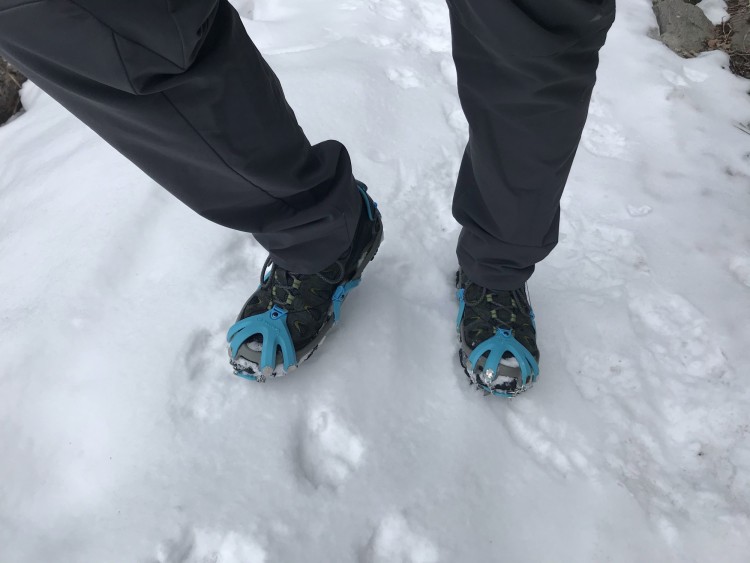
We’re ready to use the Yaktrax Summit bindings on a trail with changing conditions. Photo: Susan Wowk
Some of the links in this article may contain affiliate links. When you purchase using these links, part of the proceeds go to Snowshoe Mag. Additionally, as an Amazon Associate, we earn from qualifying purchases. Please see our disclosure for more details.
The Traction
The Yaktrax Ascent traction device is built for steep inclines, alpine trails, glaciers, and backcountry conditions. Sixteen spikes of varying lengths between 3⁄8 and ½ inches long, made of heavy-duty stainless steel, dig into the snow and ice to provide traction. Also, the Ascent includes six forward-facing toe spikes for steep trails. This model is the go-to for those alpine climbs.
Similarly, the Yaktrax Summit includes twelve carbon steel spikes, all 3⁄8 inches. Welded stainless steel chain links group the spikes. The Summit is ideal for winter trail running, glaciers, and winter hiking. Thus, this model can also handle those steep climbs. Though there are fewer spikes, carbon steel is harder than stainless steel.
We tested and reviewed both Yaktrax traction devices first-hand on one of our favorite trails with changing conditions. With each step, I felt the spikes dig into the ice and packed snow. This additional traction made the ascent on the trail that much easier.
Unfortunately, I made an error in sizing and chose a size too big for my foot in both models. So, even though the spikes still dug into the ice, there was a little more slippage, especially on the descent, than I would have liked, especially with the Yaktrax Ascent. My husband, however, who chose the correct size, did not experience any slippage with either the Ascent or Summit model.
Furthermore, the Ascent comes with a three-point heel piece to reduce snow build-up, and the Summit has a segmented soleplate that flexes with the foot. The soleplate on the Summit worked great to prevent snow build-up. However, snow was built up with the Ascent, especially as we experienced more snow cover on the icy trail.
Read More: How To Choose The Best Trail: Tips For Learning When You Need Snowshoes
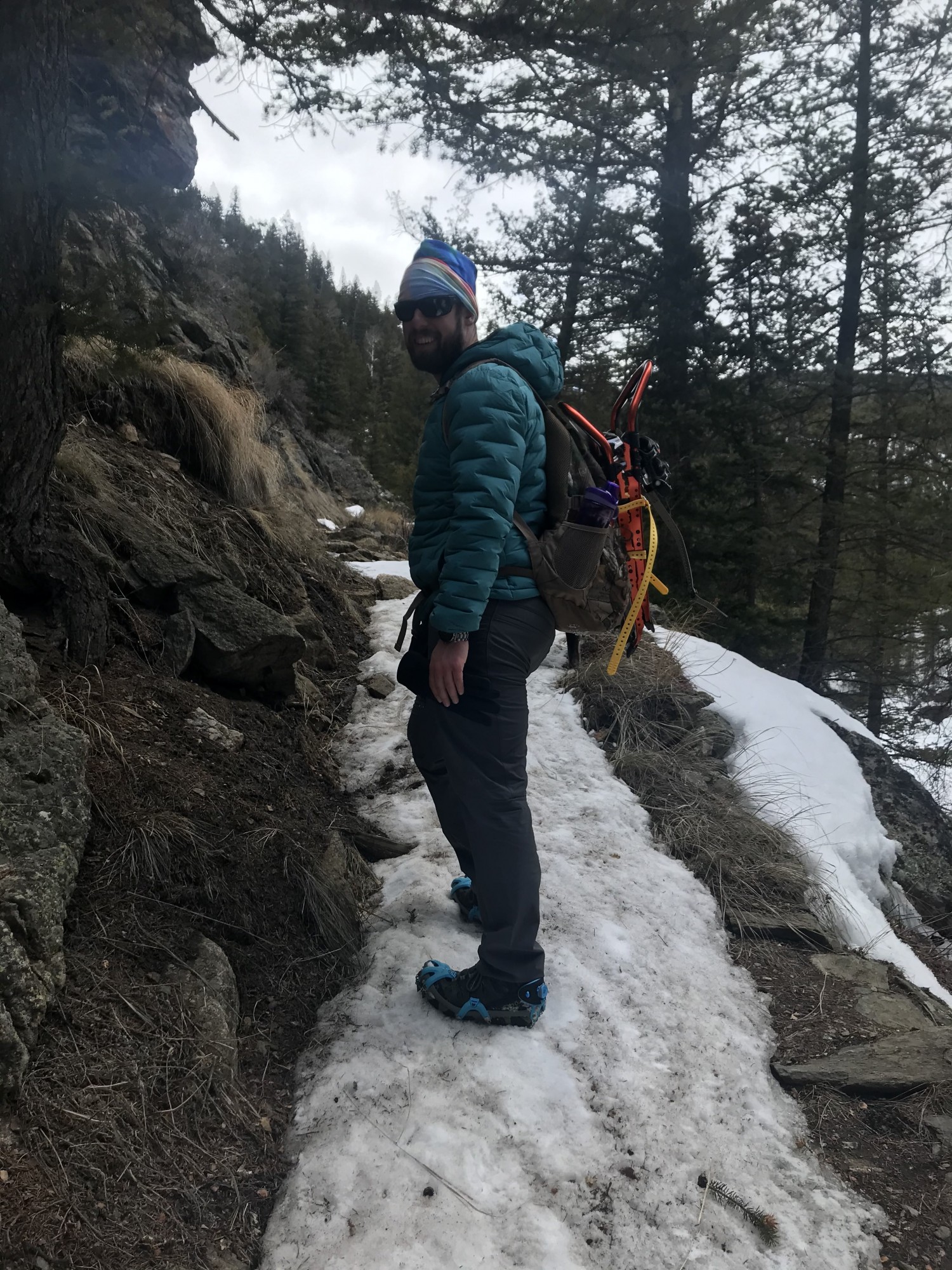
This section of the trail had icy conditions. So glad we had our Yaktrax Summit traction devices with us! Photo: Susan Wowk
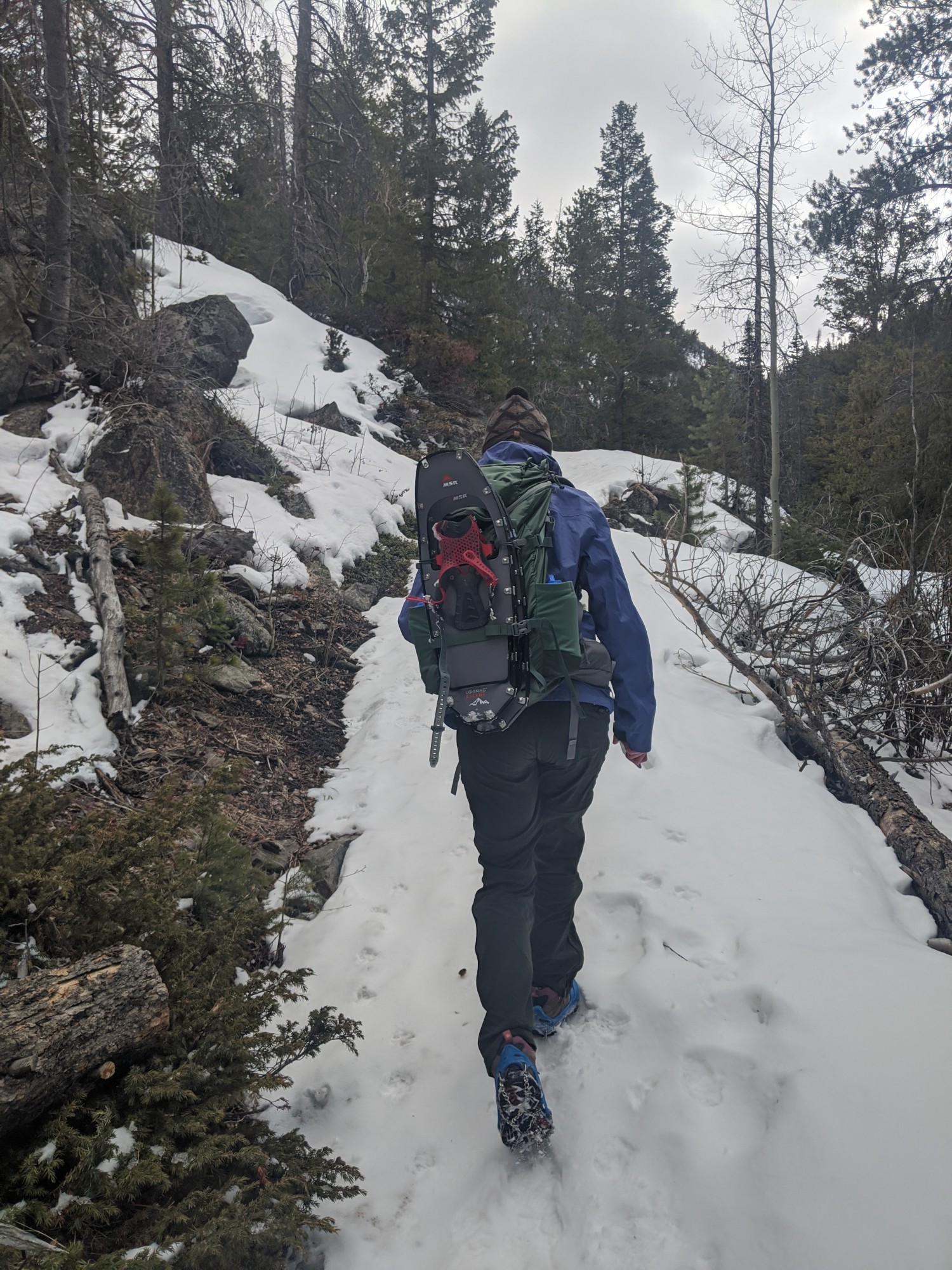
This section of the trail had packed snow conditions but was quite slippery. The Yaktrax Ascent traction devices provided stability as I was climbing. Photo: Paul Wowk
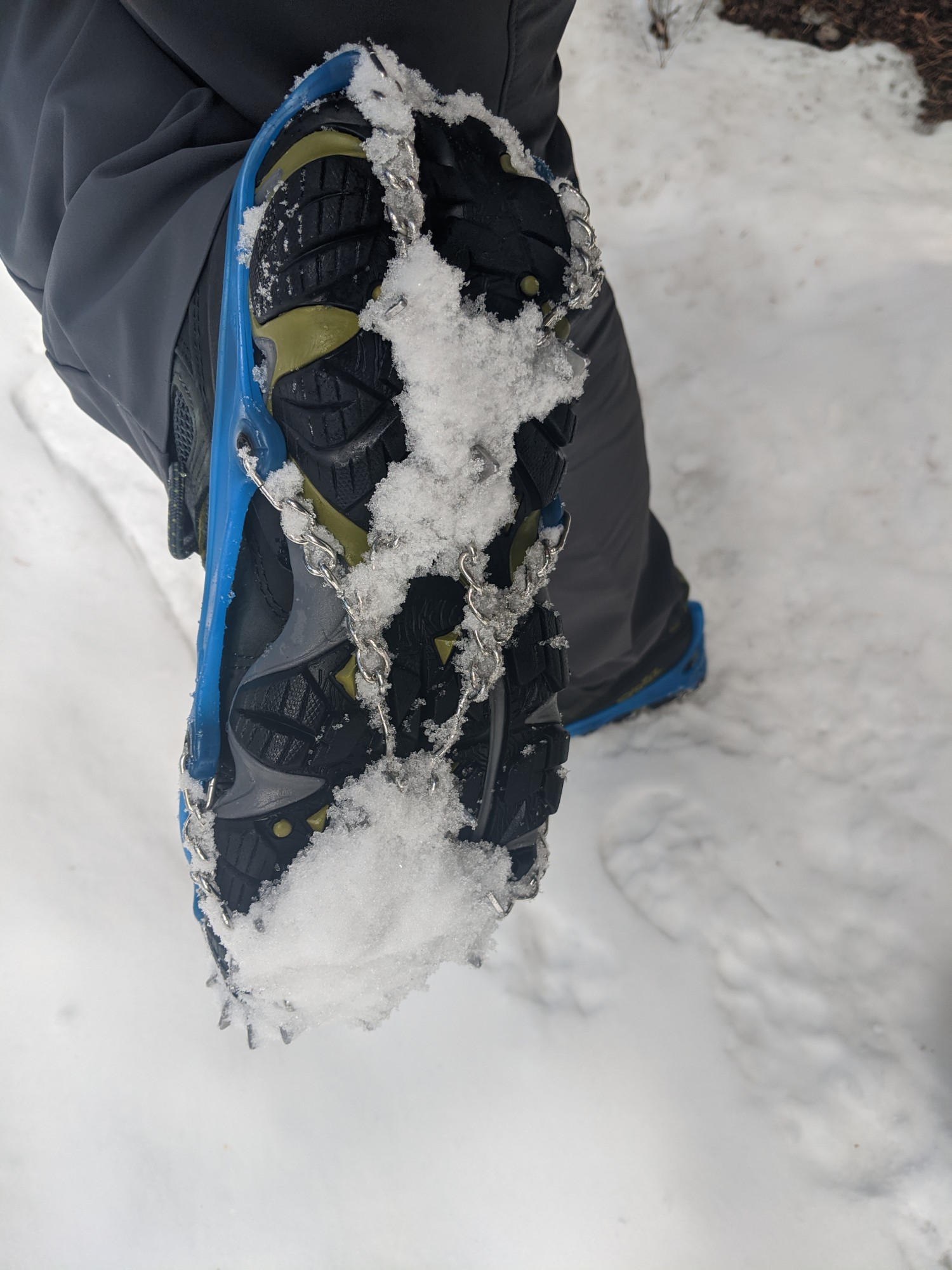
This area of the trail had more loose snow, which contributed to the build-up on the Ascent. You can remove your traction device for places with enough grip on your boots. Paul Wowk
The Fit
The Yaktrax Ascent is available in sizes small to xx-large. For this Yaktrax review, I tested the large, which, based on manufacturer recommendation, fits sizes 7.5 to 10 M and 9.5 to 12 W.
The Yaktrax Summit is available in small to x-large. I tested the medium, which fits shoe sizes 9-11 M and 10.5-12.5 W.
Also, the Summit comes with a Boa closure that allows for additional tightening of the device. To tighten, you push the Boa closure button to engage and turn the button to tighten. You can pull the button up for a quick release to loosen the Summit. I was thankful for the Boa closure on the Summit since I could tighten the Summit more than the Ascent.
Some individuals have mentioned concerns about the durability of the stainless steel lacing. But so far, we haven’t experienced any problems with durability.
Read More: How To Choose The Perfect Snowshoes For Your Needs
The On and Off
Both the Ascent and the Summit have a thick elastomer band stretching over various boot types. Both testers wore their Merrell Moab hiking boots with these devices.
I found it easier to put on traction devices when sitting down or leaning against a tree. I don’t have great balance, so the extra support helped me slip the device over my shoe.
Also, the Ascent comes with a storage bag, but I found it too small for easy use. So, I recommend using another storage method: any bag that will not tear.
Overall
The Yaktrax Ascent and Yaktrax Summit are both viable options for stability on those icy trails.
However, after owning both models for over two years, I find myself using the Summit more regularly than the Ascent. The Boa closure on the Summit is a game changer. It’s so easy to use, and the adjustment flexibility is very helpful for a secure fit. Though the Summit is more expensive (~$90 vs. $40), the extra features of tough carbon steel and the Boa closure are worth it to me. I also make sure to dry my Summits after use to limit any possibility of rusting.
Additionally, the Yaktrax Traverse is an option for all-purpose traction on ice as an alternative to the Ascent and Summit. The Traverse is a less expensive option for recreational outings that do not involve steep climbs, whether in the city or the outdoors.
Yaktrax provided the Summit and Ascent traction devices for testing. All opinions expressed are entirely the author’s own. This article was first published on December 8, 2020, and was most recently updated on June 29, 2023.
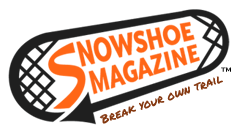
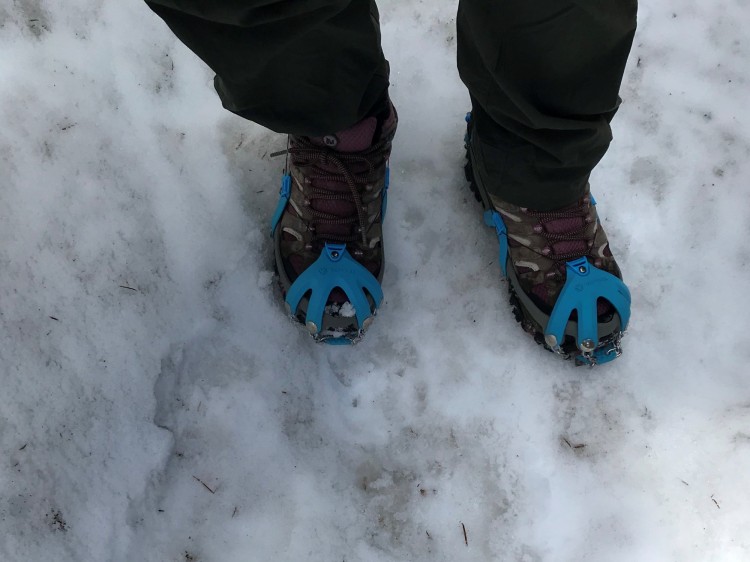
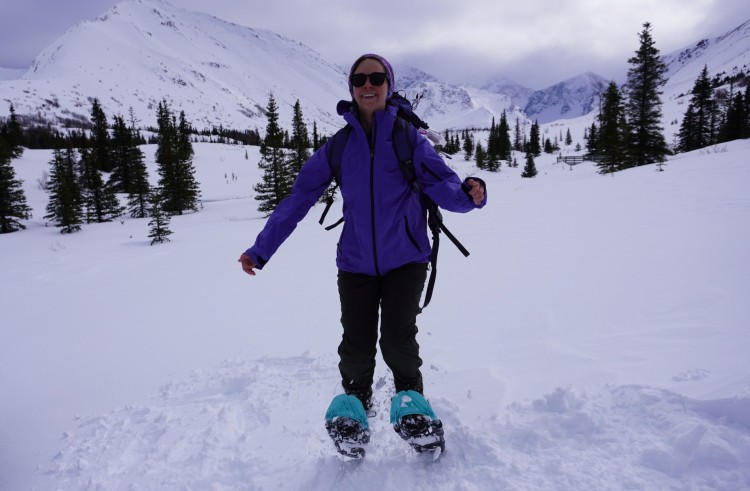
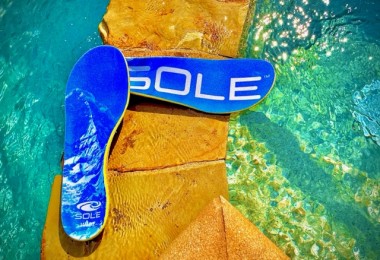
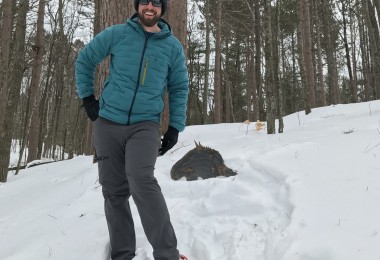
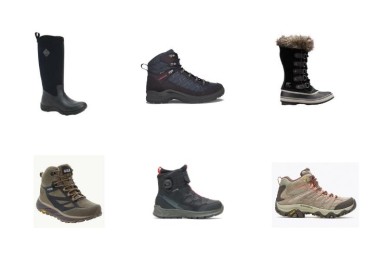
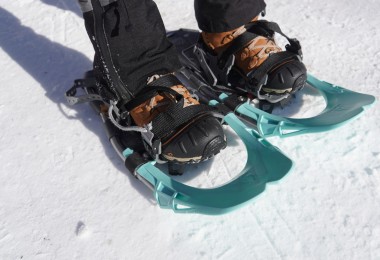

Leave a Comment